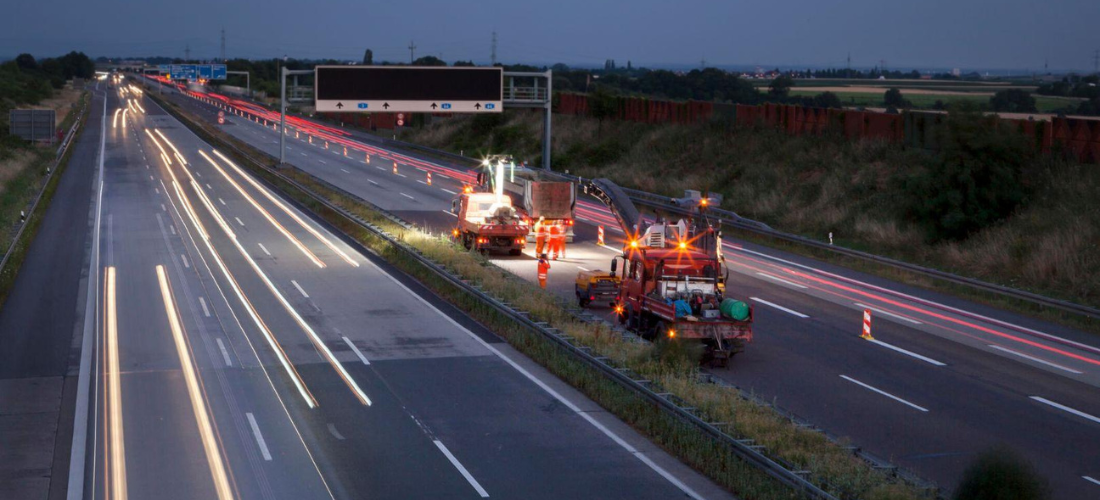Highways serve as vital lifelines, facilitating the movement of people and goods
across vast distances. However, maintaining these expansive networks of roads
presents numerous challenges, from combating wear and tear to ensuring the safety
of travellers. In this blog post, we’ll explore the complexities of highway upkeep and
discuss strategies for enhancing safety and efficiency on our roads.
Understanding the Challenges of Highway Upkeep
Highways are subject to a wide range of environmental and operational factors that
can degrade their condition over time. Heavy traffic volumes, extreme weather
conditions, and natural wear and tear all contribute to the deterioration of road
surfaces, signage, and infrastructure. Moreover, the sheer scale of highway networks
presents logistical challenges for maintenance crews, requiring efficient coordination
and resource allocation to address maintenance needs in a timely manner.
Key Aspects of Highway Upkeep
Effective highway upkeep encompasses various key aspects, each essential for
ensuring the safety and reliability of the road network:
- Pavement Maintenance: Maintaining the integrity of the road surface is crucial for
ensuring smooth and safe travel. This includes regular inspections, pothole patching,
crack sealing, and pavement resurfacing to address wear and tear and prevent
deterioration. - Signage and Markings: Clear and visible signage and road markings are essential
for guiding motorists and preventing accidents. Regular inspection and maintenance
of signage and markings are necessary to ensure their effectiveness and visibility,
particularly in adverse weather conditions. - Roadside Safety Features: Highway safety also depends on the presence of
adequate roadside safety features, such as guardrails, crash barriers, and rumble
strips. Regular inspection and maintenance of these features are vital for protecting
motorists and minimizing the severity of accidents. - Drainage Systems: Proper drainage is critical for preventing water accumulation
on the roadway, which can lead to hydroplaning and reduced traction. Maintenance
of drainage systems, including culverts, ditches, and stormwater drains, is necessary
to ensure effective water runoff and minimize the risk of flooding.
Strategies for Improved Highway Safety
Enhancing highway safety requires a proactive approach to maintenance and the
implementation of innovative solutions. Some key strategies include:
- Data-Driven Decision Making: Utilize data and analytics to identify high-risk areas
and prioritize maintenance efforts where they are needed most. - Proactive Maintenance: Implement preventive maintenance strategies to address
potential issues before they escalate into safety hazards, reducing the risk of
accidents and minimizing disruptions to travel. - Innovative Technologies: Embrace advancements in technology, such as
intelligent transportation systems, automated inspection tools, and predictive
analytics, to improve the efficiency and effectiveness of maintenance operations. - Public Awareness and Education: Educate motorists about safe driving practices,
road conditions, and the importance of reporting hazards promptly to authorities,
fostering a culture of safety and responsibility among road users.
Ensuring the safety and reliability of our highways requires a concerted effort to
address the complexities of highway upkeep. By understanding the challenges
involved, implementing proactive maintenance strategies, and embracing innovative
solutions, we can create safer and more efficient travel experiences for all. Together,
let’s pave the way to a future where journeys are not only faster and smoother but
also safer for everyone on the road.

